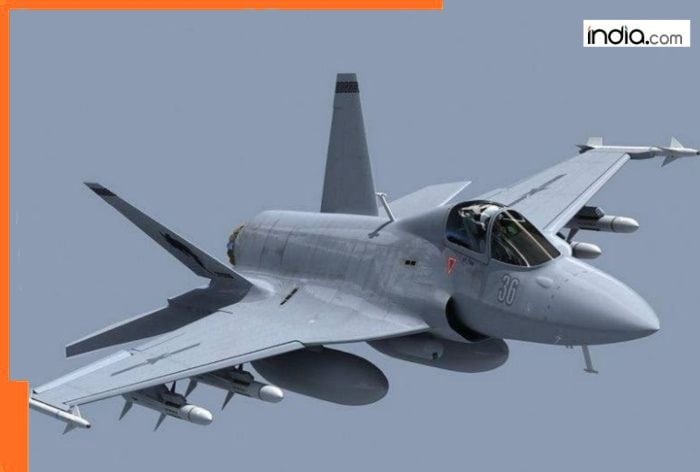India’s Tejas fighter jet has reportedly caused a stir within the Pakistan Air Force (PAF), prompting Islamabad to accelerate the development of a new warplane designed to surpass its existing fighter capabilities. This forthcoming aircraft, codenamed PFX, is being collaboratively developed alongside Chinese partners and is expected to serve as an upgraded variant of the current JF-17 fighter jet. The PFX is projected to fit into a similar category as India’s advanced Tejas Mk2 fighter.
According to PAF officials, the PFX will be classified as a 4.5 generation fighter aircraft, featuring state-of-the-art stealth capabilities to evade radar detection effectively. One of its standout features will be a passive radar system, allowing the aircraft to identify enemy units without revealing its own position. A spokesperson for the PAF emphasized that the PFX is being engineered to compete directly with India’s Tejas jet, with operational readiness anticipated within the next four to five years.
While the claims from Islamabad regarding the capabilities of the PFX are ambitious, military analysts have raised skepticism about the effectiveness of the JF-17 series, referring to the current model as a “failure.” The JF-17 PFX is seen as an effort to overcome past shortcomings, intended to be larger, heavier, and equipped with cutting-edge technologies. The upgraded platform is expected to come with enhanced avionics, more powerful radar systems, and increased payload capacities, according to industry experts.
The announcement of the PFX program was made during a multi-nation defense exhibition taking place in Karachi, which also features participation from Turkey, Iran, and Italy. Pakistan’s aspirations for the JF-17 PFX extend beyond national defense; the country is also targeting potential exports of the aircraft, mirroring the success it had with the JF-17.
In conjunction with the reveal of the PFX, Pakistan also showcased other military assets at the expo, including its latest battle tank termed ‘Haider’ and the medium-altitude drone, Shahpar 3. Additionally, models of other armored vehicles such as the Al Khalid and Al Zarrar tanks were presented, underlining Pakistan’s commitment to enhancing its defense capabilities on multiple fronts.





